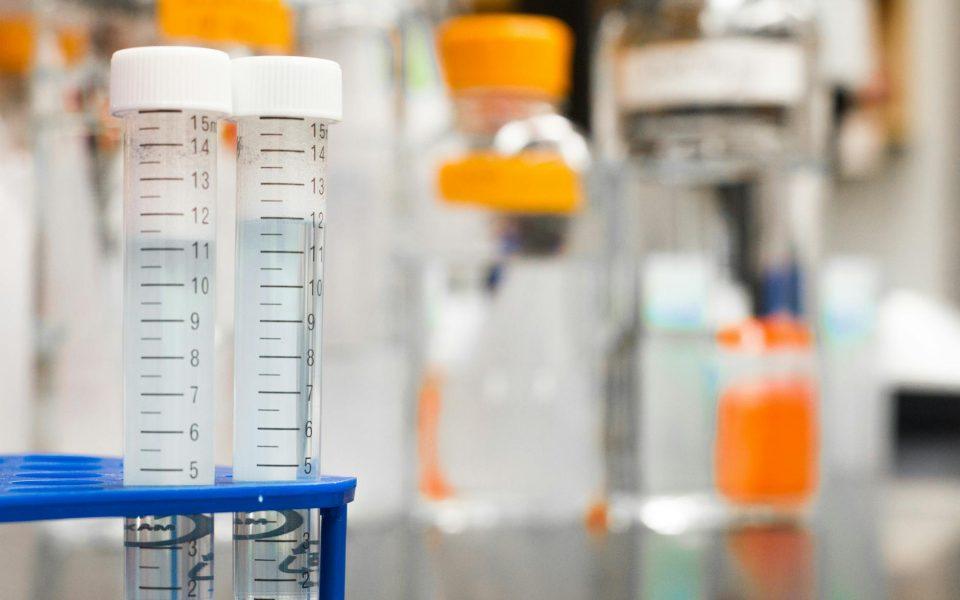In modern laboratories, efficiency and accuracy are critical for maintaining high-quality results. One innovation that supports these goals is the automatic sample dilution system. This automatic sample dilution system has become essential tool for labs dealing with high-throughput analysis, especially in fields like environmental testing, pharmaceuticals, and materials science.
What Is an Automatic Sample Dilution System?
An automatic sample dilution system is a laboratory instrument designed to prepare sample dilutions with minimal human intervention. These systems automate the process of diluting concentrated samples into measurable concentrations, which are required for analytical techniques such as atomic absorption spectroscopy, inductively coupled plasma (ICP) analysis, and more.
The system uses programmable settings to mix samples with diluents according to precise ratios, ensuring consistency across batches. This method not only increases accuracy but also reduces operator error and handling time.
Why Sample Dilution Matters
Accurate dilution is vital because most analytical instruments operate within a limited concentration range. If a sample is too concentrated, it could damage the equipment or return unusable data. If it’s too diluted, the measurement may fall below detection limits. Automated systems help laboratories maintain optimal concentrations across hundreds or thousands of samples.
Key Features of Automatic Sample Dilution Systems
Precision and Reproducibility
These systems can deliver highly consistent dilutions with minimal variability. The repeatability of results improves data quality and ensures compliance with regulatory standards.
High Throughput
Modern labs often deal with a large volume of samples. Manual dilution can be labor-intensive and error-prone. An automatic sample dilution system can process multiple samples in a fraction of the time, freeing technicians to focus on more complex tasks.
Integration with Analytical Instruments
Automatic dilution systems are often integrated with various spectroscopy instruments, allowing for seamless sample preparation and analysis. This integration reduces the risk of contamination and shortens the turnaround time for results.
Customisable Parameters
Users can adjust dilution ratios, volumes, and sequences to meet specific application needs. This level of customization is particularly valuable in research and quality control environments where protocols can vary.
Benefits for Laboratories
Time and Labor Savings
Automating the dilution process significantly reduces the time analysts spend on sample prep. It minimizes repetitive manual tasks and enhances overall productivity.
Improved Safety
Handling strong acids, bases, or organic solvents can be hazardous. Automated systems limit the amount of manual contact required, lowering the risk of exposure to harmful chemicals.
Reduced Waste
By precisely controlling dilution volumes, these systems help labs use reagents more efficiently and reduce unnecessary waste, supporting both cost-saving and sustainability goals.
Applications Across Industries
Automatic sample dilution systems are versatile and used across a range of industries:
- Environmental Analysis: Testing for trace metals in water, soil, or air
- Pharmaceuticals: Quality control and drug formulation analysis
- Food and Beverage: Monitoring contaminants and verifying nutritional content
- Mining and Metallurgy: Analyzing ore and metal samples
- Clinical Labs: Preparing patient samples for toxicology or biochemical tests
Evolving with Technology
As lab technologies continue to evolve, automatic sample dilution systems are becoming more compact, faster, and smarter. Some systems now include features like barcode tracking, cloud-based reporting, and automated calibration checks, enabling remote monitoring and digital data management.
Choosing the Right System
When selecting an automatic sample dilution system, labs should consider:
- Compatibility with existing instruments
- Sample volume requirements
- Type of diluents and reagents used
- Level of automation and software interface
- Maintenance and calibration support
A well-matched system will not only streamline workflow but also support long-term lab performance.
Conclusion
Automatic sample dilution systems have revolutionized laboratory operations by increasing speed, accuracy, and safety in sample preparation. As testing demands grow more complex and time-sensitive, these systems will continue to play a key role in enabling reliable and efficient analysis. Whether in environmental monitoring or pharmaceutical quality control, automatic dilution systems offer a smart solution for labs aiming to meet today’s analytical challenges.
Join the First Amendment Society, a membership that goes directly to funding TCB‘s newsroom.
We believe that reporting can save the world.
The TCB First Amendment Society recognizes the vital role of a free, unfettered press with a bundling of local experiences designed to build community, and unique engagements with our newsroom that will help you understand, and shape, local journalism’s critical role in uplifting the people in our cities.
All revenue goes directly into the newsroom as reporters’ salaries and freelance commissions.


Leave a Reply